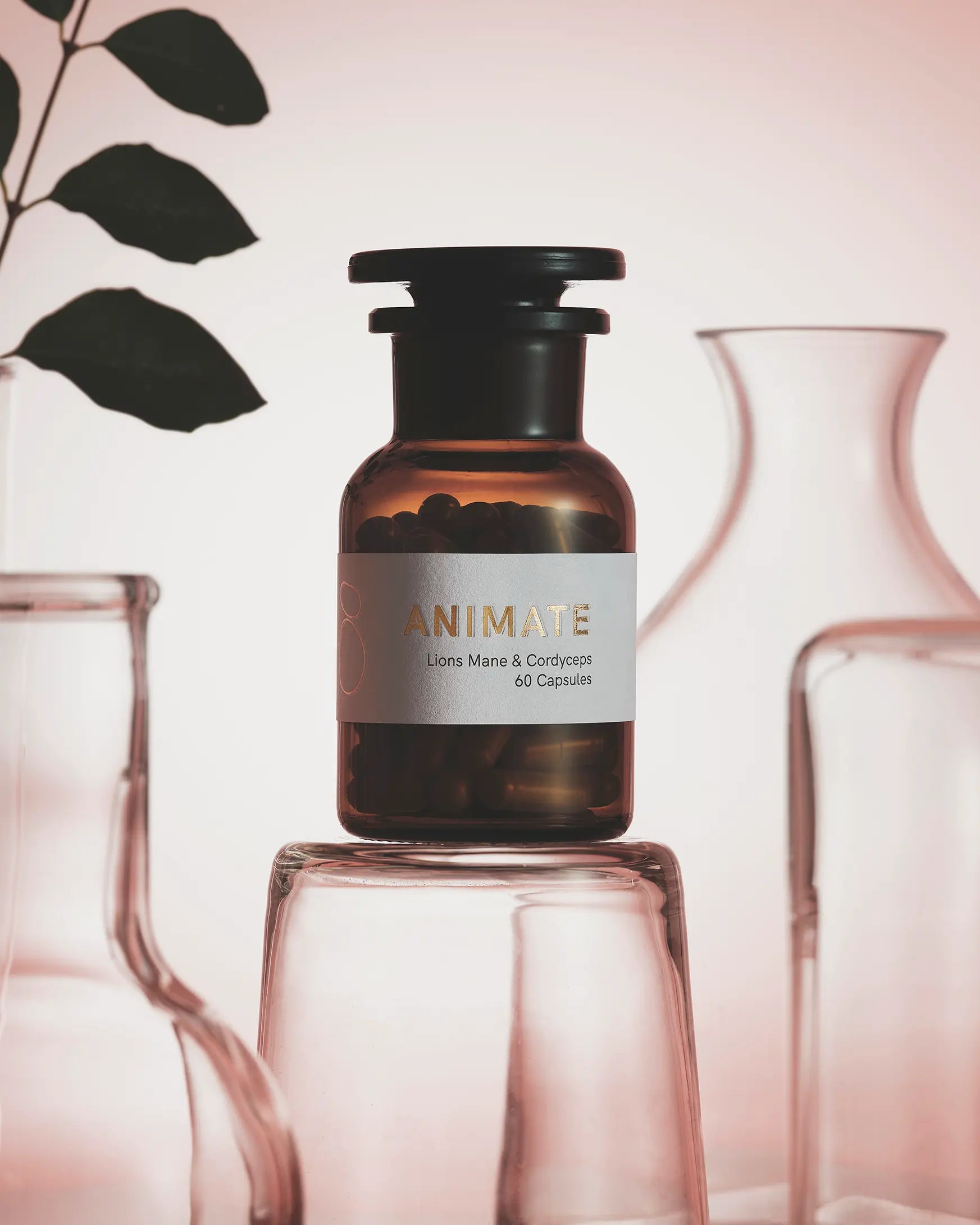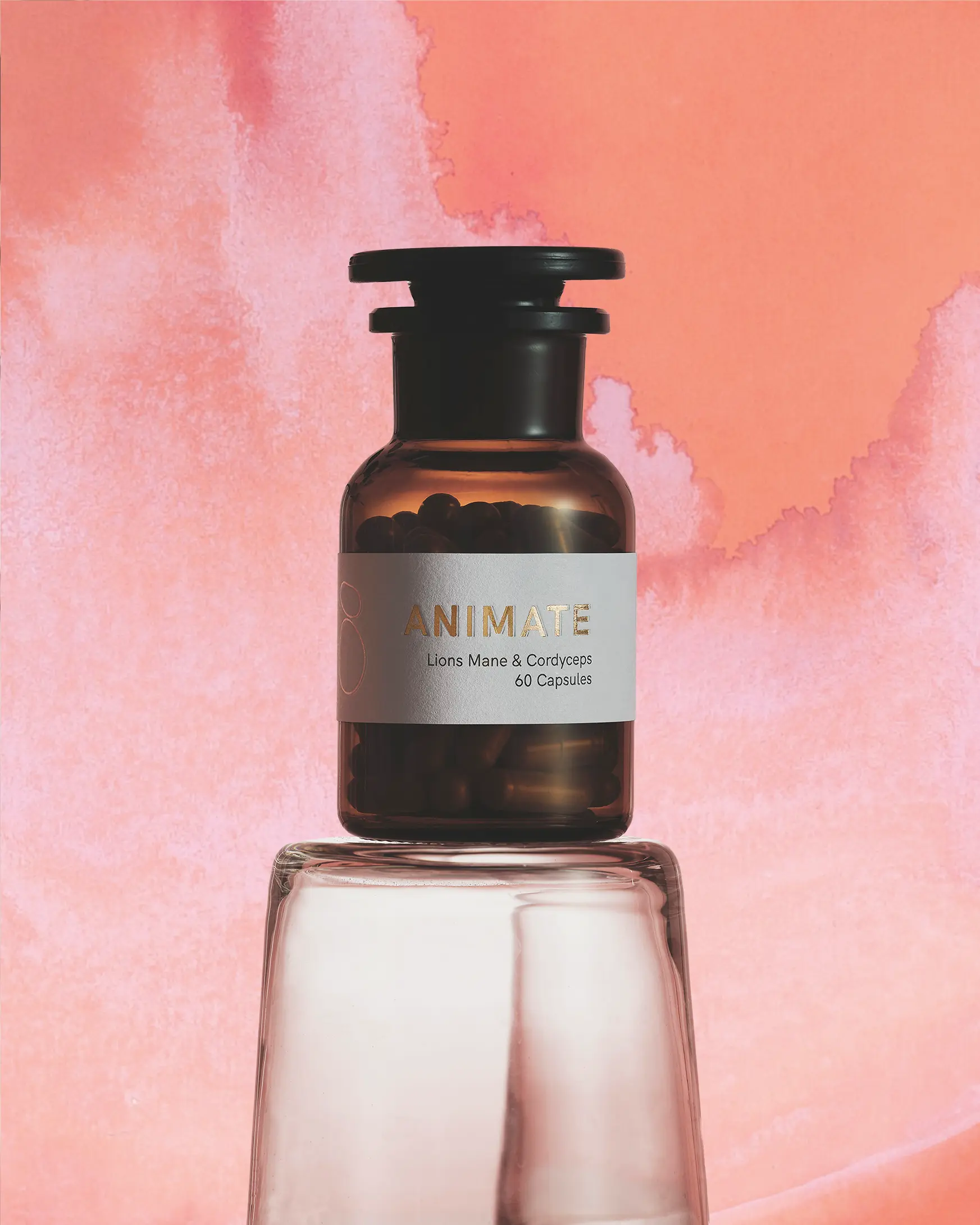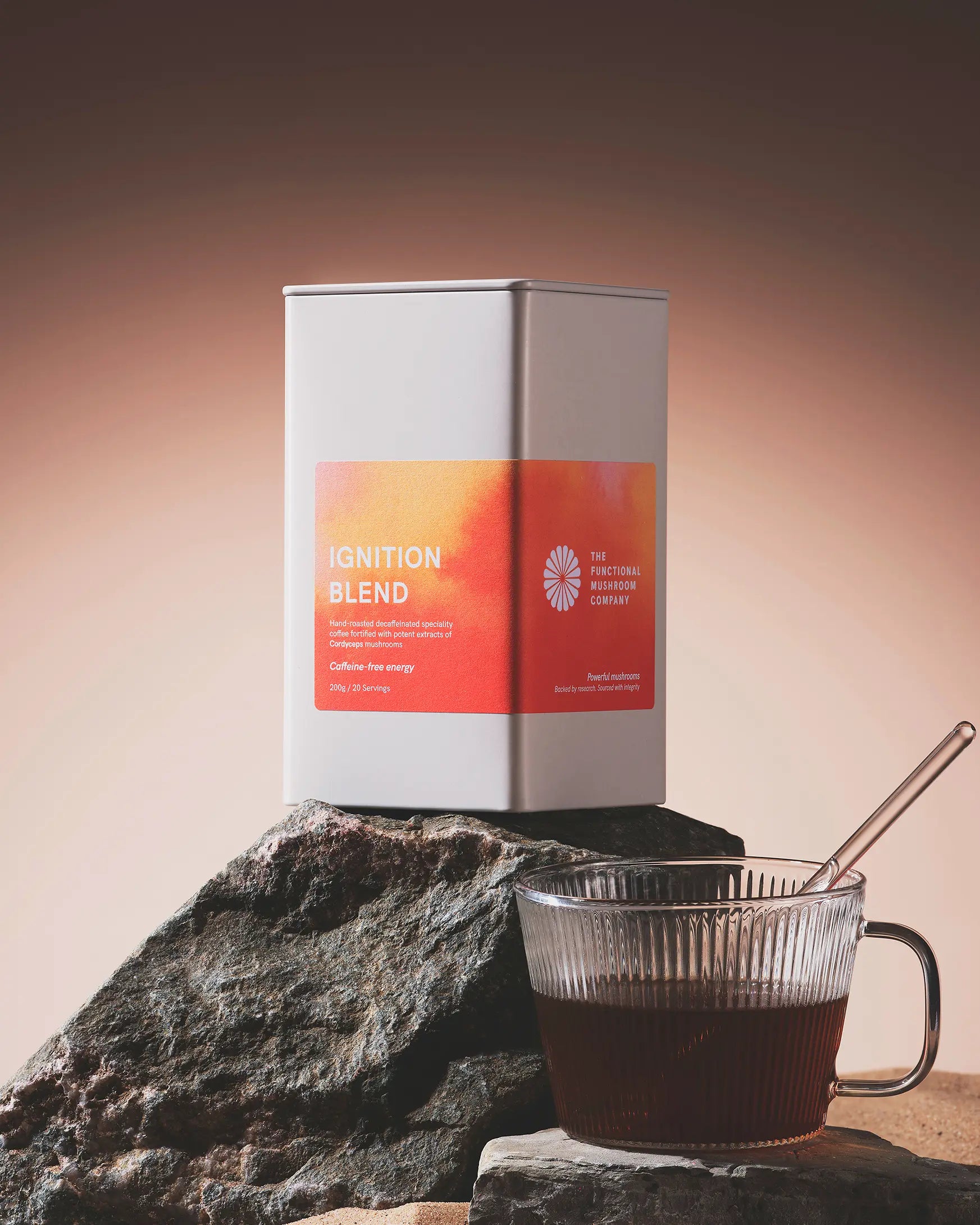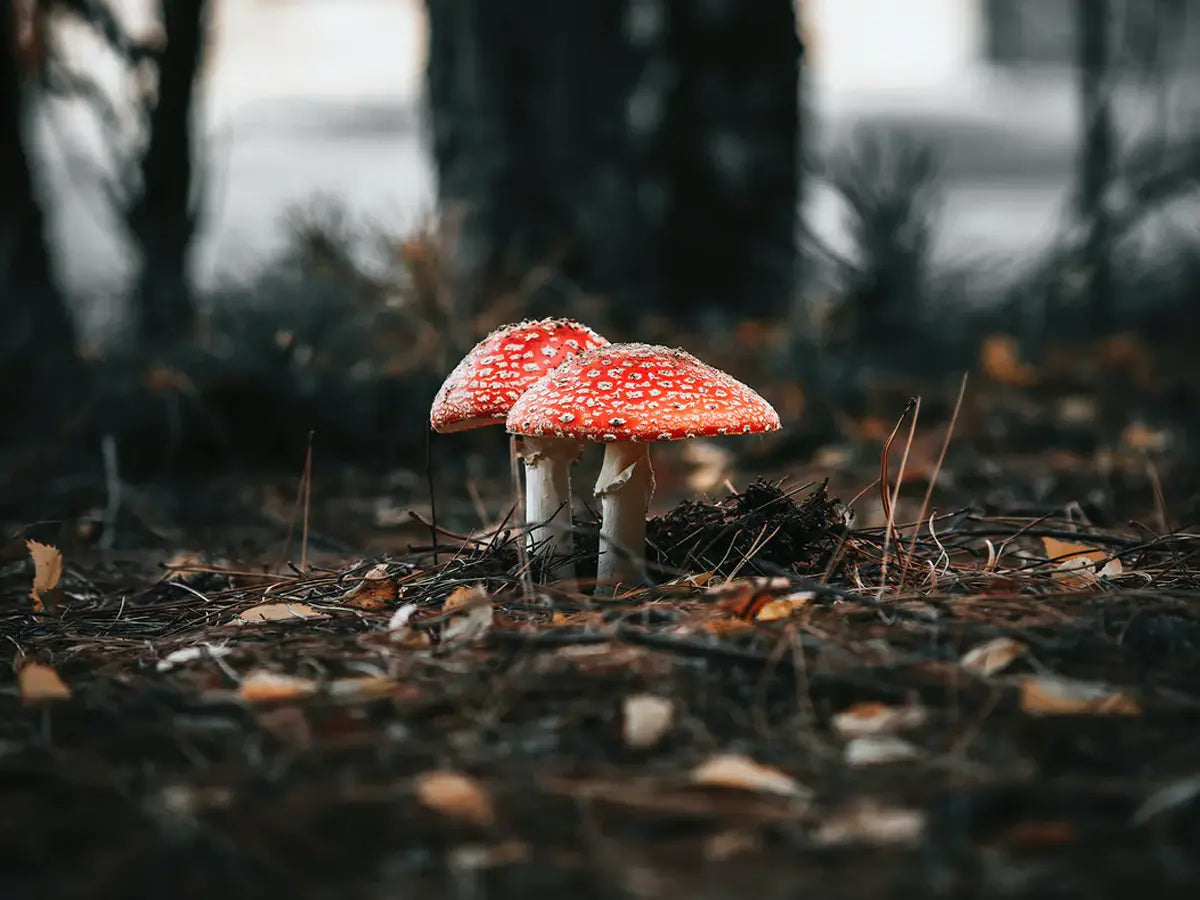Ensuring Optimal Potency: The Rigorous Science of Mushroom Extraction
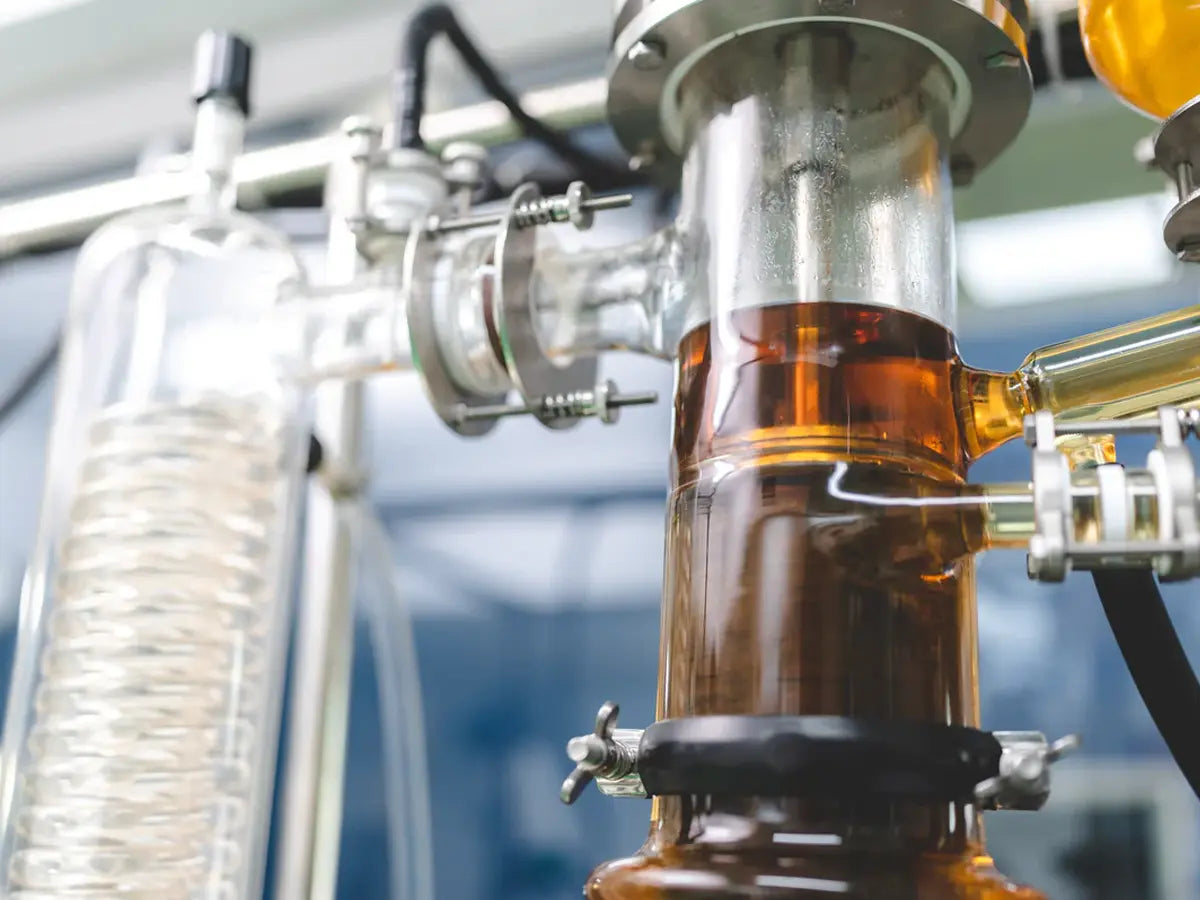
The intricacies of mushroom extraction go beyond a mere choice between water and alcohol as solvents. This process aims to unlock the full medicinal potential contained within the fibrous matrices of functional mushrooms.
Traditionally, hot water extraction has been favored, given its efficacy in isolating water-soluble compounds like beta-glucans. This method is akin to the making of tea or coffee, where hot water acts as a solvent, coaxing out the bioactive compounds from the raw material, leaving a potent liquid extract.
On the flip side, certain medicinal mushrooms house valuable non-water-soluble compounds, necessitating the use of alcohol in the extraction process. Dual extraction, employing both water and alcohol, strives to provide a full-spectrum extract, ensuring no beneficial compound is left behind. This method is particularly pertinent for mushrooms like Reishi and Chaga, which harbor triterpenes and sterols respectively—compounds with significant medicinal value that are not water-soluble.
The term "dual extraction" might sound appealing, promising a wider spectrum of compounds. However, it's not a one-size-fits-all solution. Some mushrooms, like Shiitake, Maitake, and Turkey Tail, primarily contain water-soluble compounds, rendering alcohol extraction unnecessary, or even detrimental.
Moreover, the effectiveness of the extraction process can be significantly influenced by the quality of raw materials, the precision in temperature and pressure control, and the surface area exposed to the solvent. Commercial mushroom extracts often undergo a more sophisticated extraction process compared to homemade tinctures, ensuring optimal potency and purity.
Quality control is paramount. The ability to measure and guarantee the presence of medicinal compounds like beta-glucans or triterpenes in the final product sets a high-quality mushroom extract apart from subpar ones. Analytical methods such as High-Performance Liquid Chromatography (HPLC) allow for precise quantification of these compounds, establishing a benchmark for quality.
In the case of certain mushroom extracts, retaining the non-water-soluble compounds without alcohol extraction is possible by incorporating the leftover solids from hot water extraction into the final product. This approach ensures that no medicinal constituent is discarded, offering a potent extract that remains true to the mushroom's natural composition.
Mushroom extraction is an evolving science, with continuous research refining the methodologies to yield extracts of superior potency and purity. Understanding the nuances of mushroom extraction not only guides better commercial practices but also empowers consumers in choosing products that deliver the promised therapeutic benefits.
The road towards harnessing the full medicinal prowess of mushrooms is nuanced, demanding meticulous attention to the science of extraction. As research progresses, so will the methodologies, propelling us closer to unlocking the myriad of health benefits these natural apothecaries offer.

